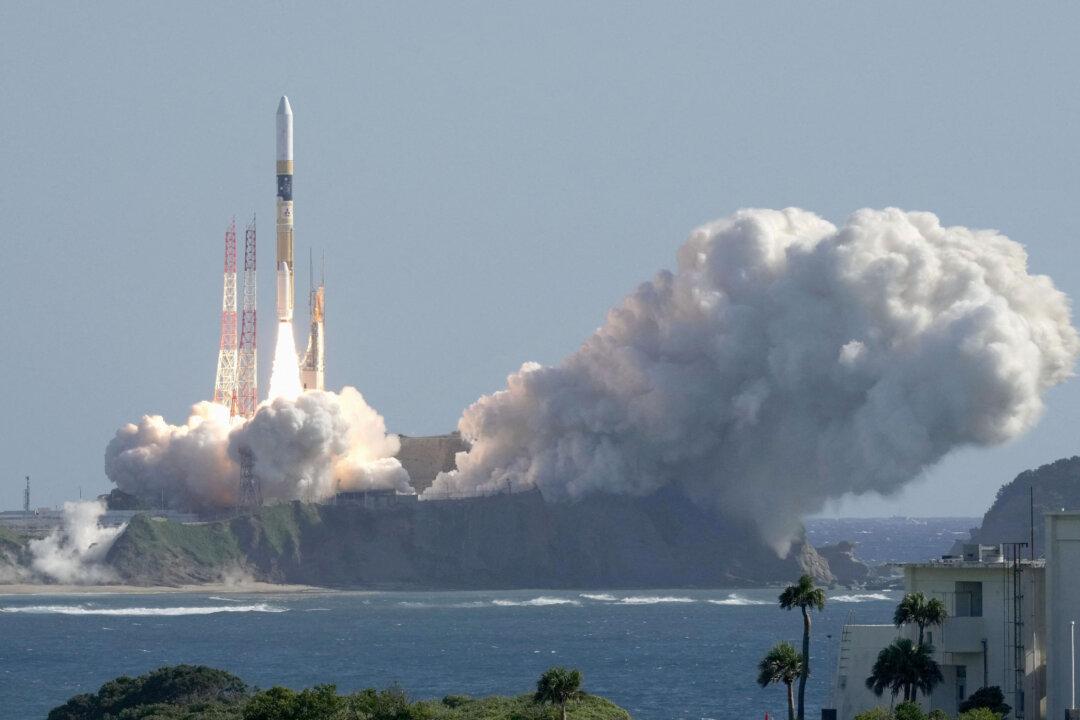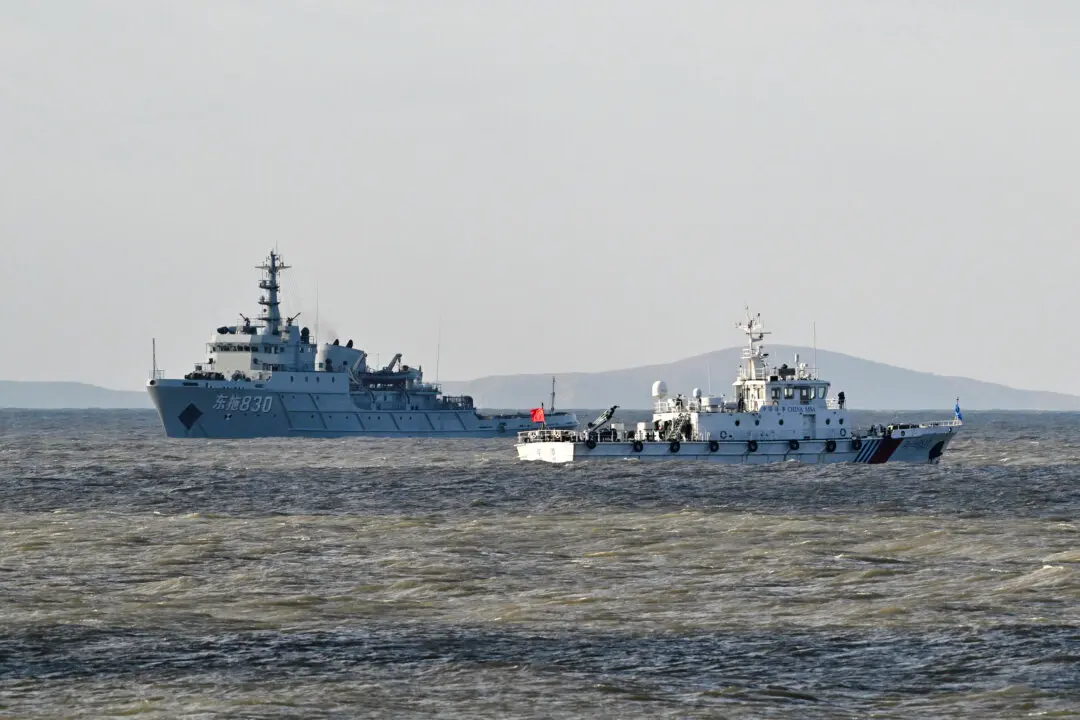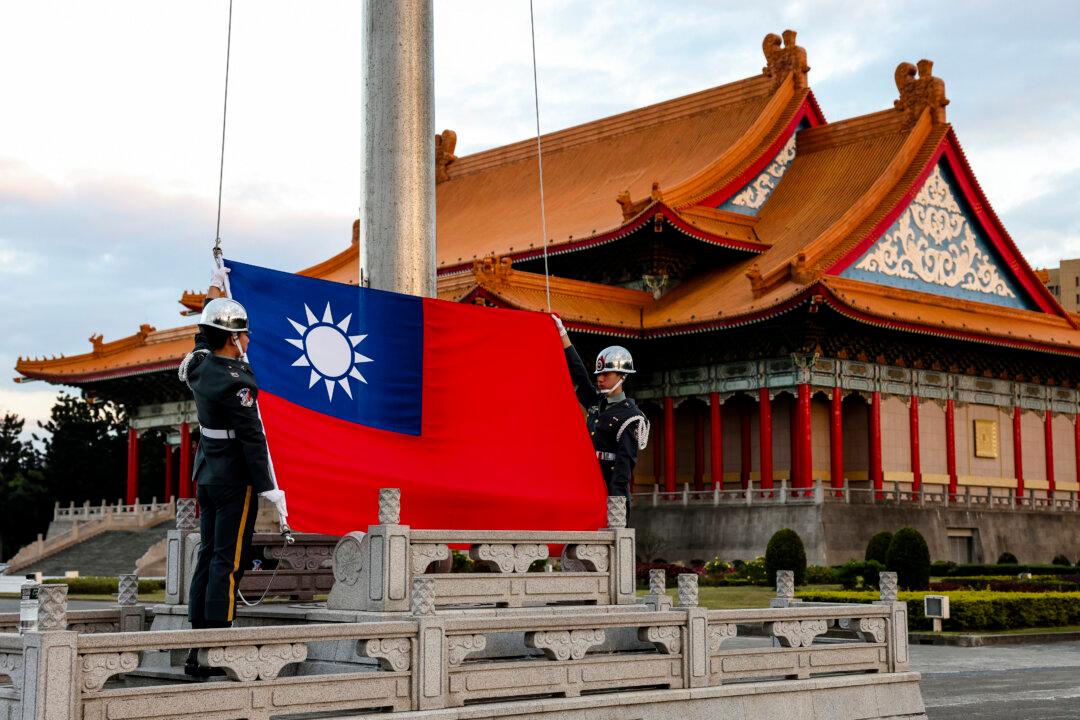China will take its aggressive territorial posturing on the Earth to the moon if it can defeat the United States in the new lunar race, according to a new report from the Mitchell Institute for Aerospace Studies.
“The second race to the moon involves dozens of countries but clearly pits the values of the United States and its allies against the values of authoritarian China and like-minded governments,” retired Space Force Col. Charles Galbreath, senior resident fellow at the Mitchell Institute, said during an online event on Jan. 17 to announce his new report, “Securing Cislunar Space and the First Island Chain Off the Coast of Earth.”





